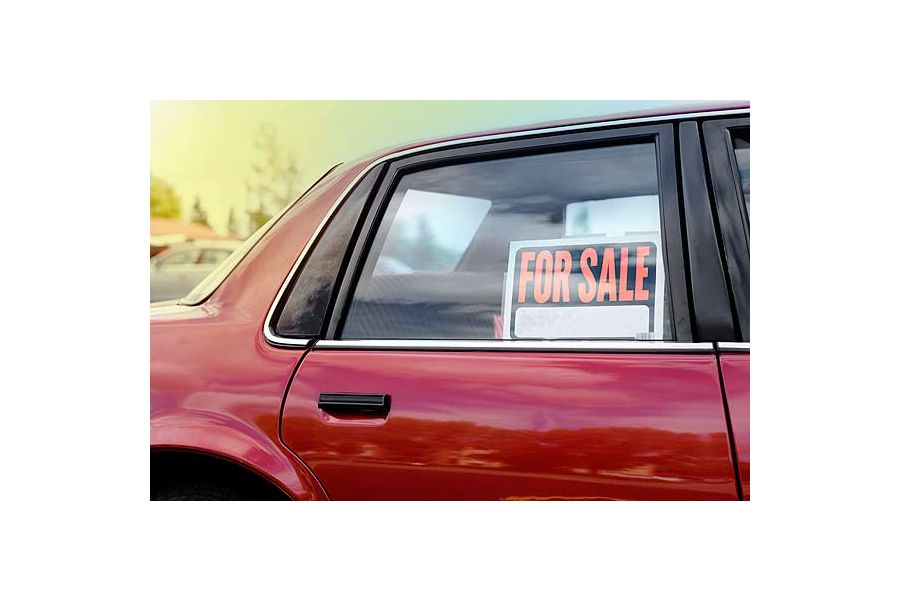Good News and Bad News for Used Car Buyers

It’s the proverbial “glass half empty or glass half full” situation for the used-car market this year.
On the plus side, pre-owned vehicle prices are expected to remain fairly steady or drop by a slight amount in the coming months after a prolonged period of healthier-than-average values, according to the NADA Used Car Guide in McLean, Va. Bargain hunters are finding the best values at the extreme ends of the passenger-car market these days, with the biggest price drops, percentage-wise, occurring among large luxury cars and subcompact cars less than eight years old.
Following closely ongoing trends in the new-vehicle marketplace, shoppers should be finding higher prices among burlier forms of pre-owned transportation, specifically full-size and midsize pickup trucks and both midsize and compact SUVs, NADA says.
On the down side, a convergence of forces means that cash-strapped buyers who by want or need are looking for decent older rides will find far fewer 8-10-year-old “beaters” available on used-car dealers’ lots.
The average pre-owned vehicle sold by a franchise dealer in 2016 was 4.1 years old, according to Edmunds data, which is down from 4.4 percent in 2015. This helped bump up the average used car transaction price to a historically high $19,189. That’s still far more affordable than a new vehicle – now at more than $31,000 – but can remain out of reach for entry-level buyers and other budget-constrained shoppers.
The reasons for a shortage of older used cars are similar to those that caused tight inventories among newer pre-owned models earlier in the decade. Depressed new-car sales and a rollback in leasing that followed the economic collapse in late 2008, along with automakers dialing down their sales to rental-car fleets, sharply and suddenly diminished the number of used models returning to dealers’ lots. In addition, 677,000 used cars – albeit older and less-desirable models – were taken out of the market by the so-called “cash for clunkers” program in 2009.
Add to that the fact U.S. motorists are holding onto their cars for longer than ever. The average age of all cars and light-duty trucks on the road now sits at a record 11.6 years, while the average used vehicle trade-in is at six-years-old, which is likewise a historic high. While this may be out of financial necessity for some motorists, in an ironic twist the strengthening economy has enabled some owners to hang onto older cars they might have otherwise sold or traded in for use by teen drivers in the family or as an “extra car.”
If there is a silver lining to this situation it’s that a record number of two- and three-year-old cars and trucks are coming off lease in the months ahead and are headed to used-car lots; Edmunds estimates their numbers should swell by around 10 percent this year. As a result of this excess inventory, experts say use car prices could be expected to drop by 20 percent or more over the next four years.
Whether you own a more recent model or have an 8-10-year-old car sitting in the garage, you might want to consider trading it in or selling it to a private party while prices remain relatively strong. You’ll never be able to get more money for older models, particularly trucks and SUVs, which are expected to remain in relatively high demand.
“While low interest rates and consistent values are making it possible for the market to absorb newer, more expensive off-lease vehicles, demand for older, less expensive used vehicles hasn’t waned,” says Ivan Drury, Edmunds senior analyst . “The used market as a whole is definitely in the midst of a significant transition that’s only just starting to accelerate.”
Copyright © CTW Features